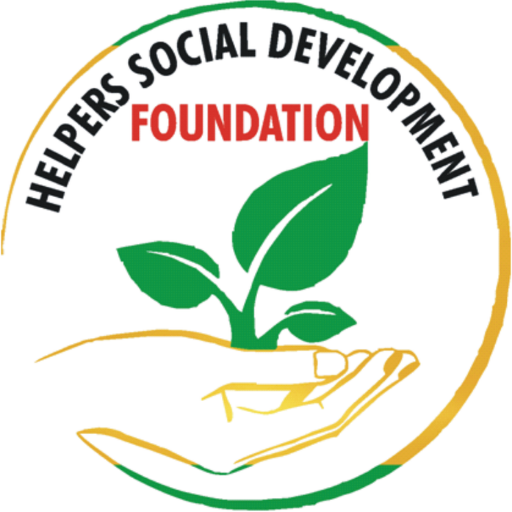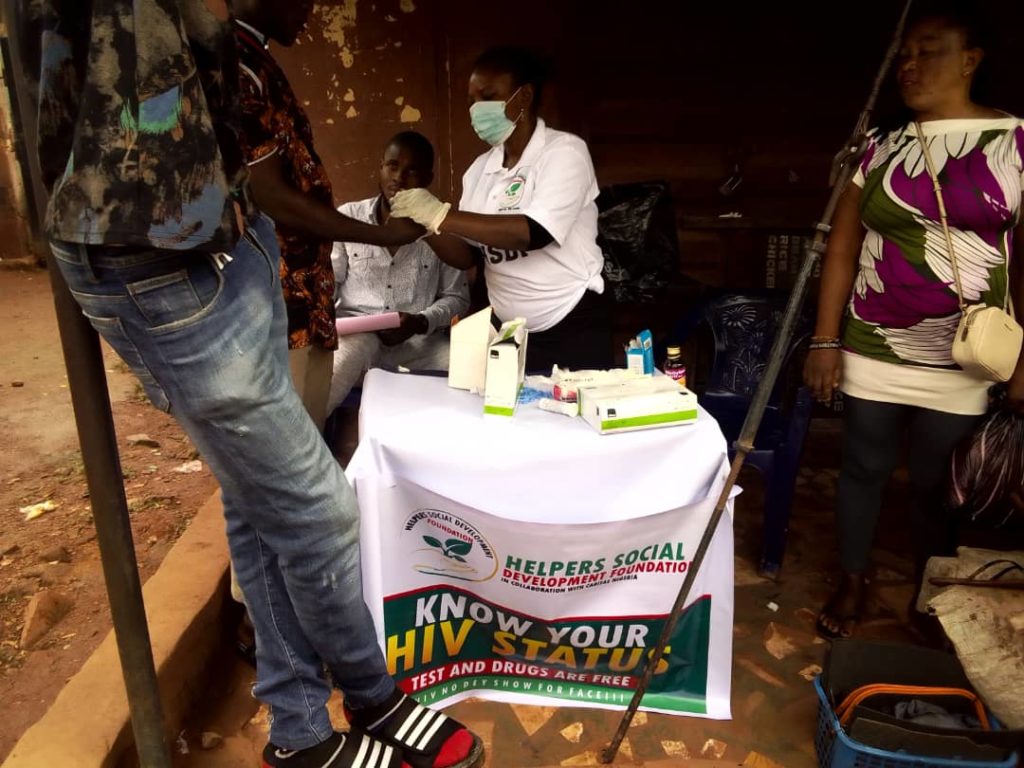HIV and AIDS in Africa. HIV (human immunodeficiency virus) AIDS is a virus that attacks the body’s immune system. If HIV is not treated, it can lead to AIDS (acquired immunodeficiency syndrome). Once people get HIV, they have it for life, but with proper medical care, HIV can be controlled. At the end of 2019, according to WHO, there were almost 38 million people globally living with HIV.

The number of new HIV infections continues to decline. However, the progress is much slower than what is required to reach the targets for 2020. According to WHO, in 2018 there were an estimated 1.1 million new HIV infections in the African Region (70% in the East and Southern African sub-region; 30% in the West and Central African subregion).

Read Also: Ways to avoid getting diabetes.
East and Southern Africa is the region hardest hit by HIV. It is home to around 6.2% of the world’s population but over half (54%) of the total number of people living with HIV in the world (20.6 million people) live here.

In 2014 in a report by Avert HIV and AIDS in Africa it was stated that the average life expectancy in sub-Saharan Africa is 54.4 years of age because of increasing cases of HIV and AIDS. In some countries in Africa, it’s below 49 years.
According to UNAIDS globally, 15% of women living with HIV are aged 15-24 years, of whom 80% live in sub-Saharan Africa. In this region young women bear a disproportionate burden of HIV infection. Not only do young women aged 15-24 years have HIV rates higher than their male peers, they acquire HIV infection 5-7 years earlier than their male peers. Although there are some declining trends in the 15-24 year age group, HIV prevalence is consistently higher among young women compared to young men throughout eastern and southern Africa.

HIV and AIDS in Nigeria – Some facts

- According to NACA 2017, Nigeria has the second largest HIV epidemic in the world.
- Nigeria also has the fourth largest tuberculosis epidemic in the world, with HIV and TB co-infection now becoming an increasing concern for people living with HIV (Avert 2019).
- Many people living with HIV in Nigeria are unaware of their status. Nigeria continues to fall short of providing the recommended number of HIV testing and counselling sites.
- Nevertheless, UNAIDS estimates that around two-thirds of new HIV infections in West and Central Africa in 2019 occur in Nigeria. Together with South Africa and Uganda, the country accounts for around half of all new HIV infections in sub-Saharan Africa every year.

Transmission of HIV
In sub-Saharan Africa, the main mode of HIV transmission is through heterosexual sex with a concomitant epidemic in children through vertical transmission. As such, women are disproportionately affected accounting for 58% of the total number of people living with HIV, have the highest number of children living with HIV and the highest number of AIDS-related deaths.

Diagnosis of HIV Infection among Adults and Adolescents, by Transmission Category (CDC, 2010)
According to the New City Magazine, a pregnant woman not treated with the proper drugs has a 20-45% chance that her infant will contract the virus from pregnancy. 59% of HIV-positive people in Africa are women, the majority of children diagnosed with HIV get the virus from their mothers.

Symptoms of HIV and AIDS
The symptoms of HIV vary depending on the stage of infection. Though people living with HIV tend to be most infectious in the first few months, many are unaware of their status until later stages. In the first few weeks after initial infection, individuals may experience no symptoms or an influenza-like illness including fever, headache, rash, or sore throat.
As the infection progressively weakens the immune system, an individual can develop other signs and symptoms, such as swollen lymph nodes, weight loss, fever, diarrhea and cough. Without treatment, they could also develop severe illnesses such as tuberculosis, cryptococcal meningitis, severe bacterial infections and some forms of cancers.
Tuberculosis (TB) remains the leading cause of death among people living with HIV, accounting for around one in three AIDS-related deaths. The transmission of HIV from an HIV-positive mother to her child during pregnancy, labour, delivery or breastfeeding is called vertical or mother-to-child transmission (MTCT).
In the absence of any interventions during these stages, rates of HIV transmission from mother to child can be between 15% and 45%. MTCT can be nearly fully prevented if both the mother and the baby are provided with ARV drugs as early as possible in pregnancy and during the period of breastfeeding according to WHO Africa.
Treatment of HIV and AIDS
With more than thirty years of the HIV epidemic, there is still no cure or an effective vaccine, however, there have been major advances in treating HIV as the availability and rapid scale-up of antiretroviral therapy (ART) has transformed what was inevitably fatal disease to a chronic, manageable condition leading to notable declines in the worldwide rates of AIDS-related deaths and new infections.
Antiretroviral drug treatments can tremendously decrease the number of HIV-related deaths by delaying the progression of the virus and allowing people to live relatively healthy normal lives.

What you can do about HIV and AIDS?
- Be aware and stay informed!
If you fear you may have come in contact with someone who may be infected, get tested. HIV can be diagnosed through rapid diagnostic tests that can provide same-day results. Rapid test and self-tests have greatly facilitated diagnosis and linkage with treatment and care. HSDF provides free testing. Get yourself checked today.
- Pregnant and breastfeeding women living with HIV should receive ART, which not only protects their health but also ensures prevention of HIV transmission to their newborns.

- WHO defines key populations who are at increased HIV risk and they include: men who have sex with men; people who inject drugs; people in prisons and other closed settings; sex workers and their clients; and transgender people. Protect yourself and the ones around you.
- Practise safe sex.
- Share what you know with others.

